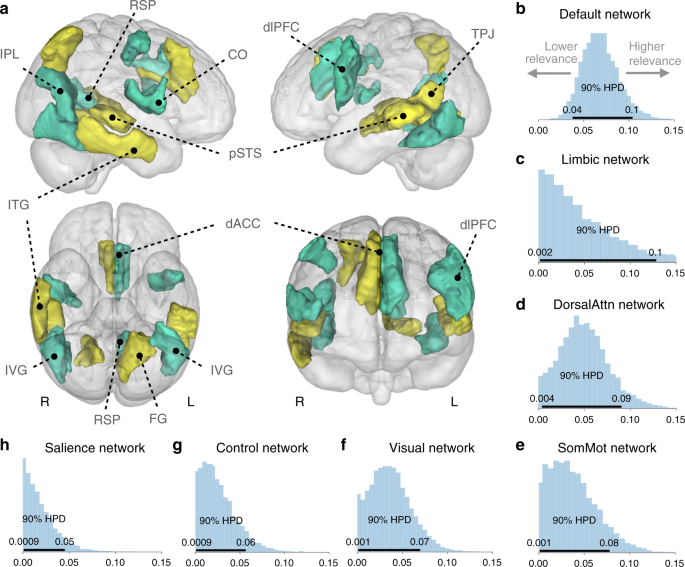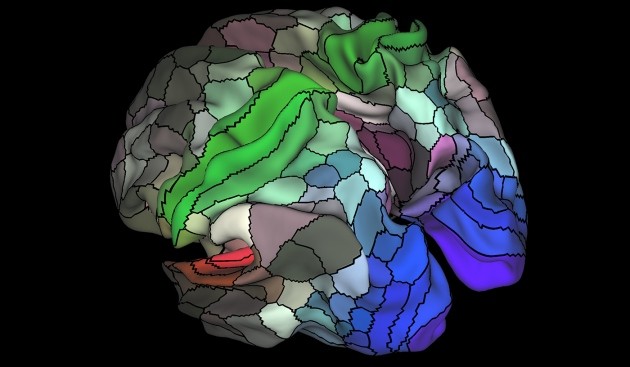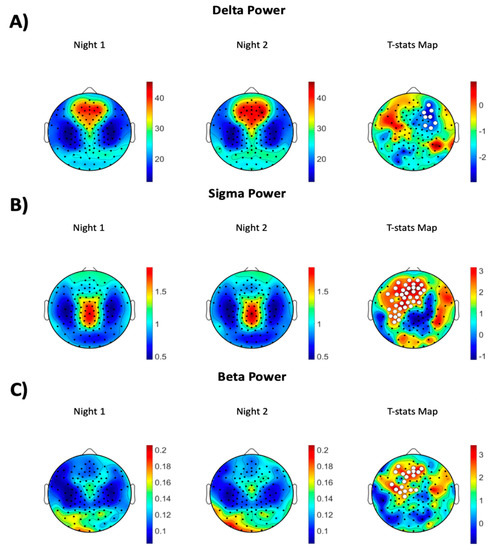

How the human brain works is still an open question, as is its implication with brain architecture: the non-trivial structure–function relationship.

Even though simulations of the intrinsic neural activity based on anatomical connectivity can reproduce much of the observed patterns of empirical functional connectivity, future models should be multifactorial to elucidate multi-scale relationships and to infer disorder mechanisms. We conclude that multi-modal techniques of neuroimaging are required such as an improvement on methodologies for obtaining structural and functional connectivity. Different laboratories have contributed with in vivo, in vitro and computational/mathematical models to study the intrinsic neural activity patterns based on anatomical connections. The current novel systems and neuroimaging techniques with high resolutive physio-structural capacity have brought about the development of an integral framework of different structural and morphometric tools such as image processing, computational modeling and graph theory. The goal of the present article is to discuss about the progress made to elucidate the structure–function relationship of the Central Nervous System, particularly at the brain level, based on results from human and animal studies. This involves complex and controversial aspects of the neuroscience field and that the methods and methodologies to obtain structural and functional connectivity are not always rigorously applied. The functional connectivity cannot be explained only considering the anatomical substrate. The main hypothesis is that the anatomic architecture conditions, but does not determine, the neural network dynamic. The results suggested that cellular phones may reversibly influence the human brain, inducing abnormal slow waves in EEG of awake persons.How the human brain works is still a question, as is its implication with brain architecture: the non-trivial structure–function relationship. We observed similar changes in children, but the slow-waves with higher amplitude appeared earlier in children (10-20 s) than adults, and their frequency was lower (1.0-2.5 Hz) with longer duration and shorter intervals. After turning off the mobile phone, slow-wave activity progressively disappeared local changes such as increased median frequency decreased and disappeared after 15-20 min.

These slow waves lasting for about one second repeated every 15-20 s at the same recording electrodes. Using a telemetric electroencephalograph (ExpertTM) in awake subjects, all the noise was eliminated, and EEG showed interesting changes: after a period of 10-15 s there was no visible change, the spectrum median frequency increased in areas close to antenna after 20-40 s, a slow-wave activity (2.5-6.0 Hz) appeared in the contralateral frontal and temporal areas.
#Human brain mapping sci journal full#
Traditional EEG was full of noises during operation of a cellular phone. Spatial distribution of EMF was especially concentrated around the ipsilateral eye adjacent to the basal surface of the brain. We used a 16-channel telemetric electroencephalograph (ExpertTM), to record EEG changes during exposure of human skull to EMF emitted by a mobile phone. Cell phones emitting pulsed high-frequency electromagnetic fields (EMF) may affect the human brain, but there are inconsistent results concerning their effects on electroencephalogram (EEG).


 0 kommentar(er)
0 kommentar(er)
